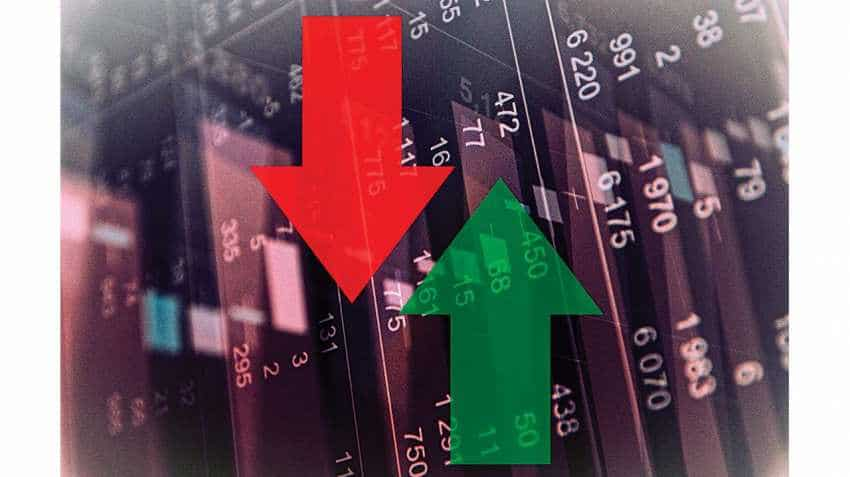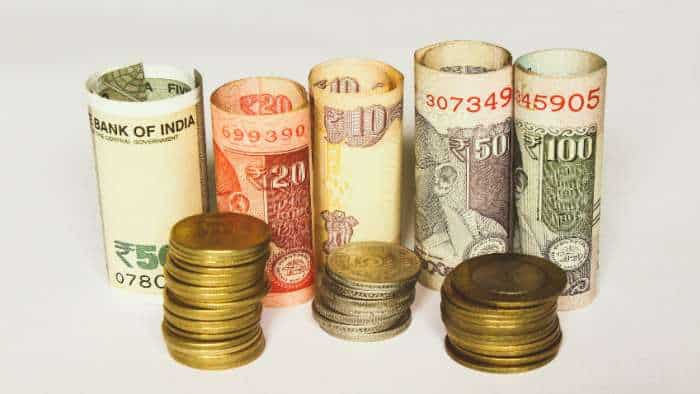Expect G-sec yields to continue to display two-way volatility
The yield on the 10-year government security (G-sec; 7.17 GS2028) hardened considerably in Q2 FY2019 and peaked at 8.18% on September 11, before cooling off to around 7.7-7.8% in mid-November 2018.

The yield on the 10-year government security (G-sec; 7.17 GS2028) hardened considerably in Q2 FY2019 and peaked at 8.18% on September 11, before cooling off to around 7.7-7.8% in mid-November 2018. It is expected to trade in a wide range of 7.6-8% in the remainder of Q3 FY2019, driven by domestic and global factors.
Crude oil prices have charted a volatile path in recent months, which has rapidly transmitted into both bond yields and the US$-INR cross rate, given their impact on inflation and the twin deficits. The price of the Indian crude oil basket rose to US$85.2/barrel on October 4. However, it has eased sharply to US$65.6/barrel on November 15, driven by the announcement of exemptions from US sanctions on Iran for eight jurisdictions, including India, and some concerns on over-supply. Moreover, after displaying a substantial depreciation from April 2018 to mid-October 2018, the rupee has appreciated around 2% relative to the dollar in subsequent sessions.
The price of the Indian crude oil basket appears likely to remain considerably lower in the immediate term, than the average of US$80/barrel in October 2018. Nevertheless, supply-demand balances, geopolitical developments, and concerns regarding the impact of trade wars on global growth would continue to impart volatility to crude prices and the outlook for bond yields.
Following the correction in the CPI inflation to 3.3% in October 2018, and the pullback in crude oil prices and the rupee, concerns regarding the trajectory of inflation have receded considerably. Accordingly, the Monetary Policy Committee is likely to leave the repo rate unchanged in the December 2018 policy review, despite having revised the monetary policy stance to calibrated tightening in October 2018, which would contribute to keep G-sec yields steady.
In a daily average basis, systematic liquidity shifted from surplus in the first quarter of this fiscal to deficit in Q2. To infuse durable liquidity, the Reserve Bank of India (RBI) conducted open market operations (OMOs) to purchase G-sec of Rs 86,000 crore in April-October, and has announced additional OMO purchases of Rs 40,000 crore in November.
Systemic liquidity conditions are expected to remain tight in this quarter, on account of the harvest, marriage season, legislative elections, upcoming advance tax payment and busy season for bank credit.
Overall, we expect G-sec yields to continue to display two-way volatility and range between 7.6-8% in the remainder of Q3 FY2019.
By, Aditi Nayar
(The writer is principal economist, Icra)
This article was first published in DNA as 'Bond yields may harden by Q4 as various fiscal risks persist'
Get Latest Business News, Stock Market Updates and Videos; Check your tax outgo through Income Tax Calculator and save money through our Personal Finance coverage. Check Business Breaking News Live on Zee Business Twitter and Facebook. Subscribe on YouTube.
RECOMMENDED STORIES

Sukanya Samriddhi Yojana vs PPF: Rs 1 lakh/year investment for 15 years; which can create larger corpus on maturity?

Power of Compounding: How much corpus you can generate with Rs 8,000 monthly SIP investment in 20, 25, 30, and 35 years | See Calculations

Top 7 Flexi Cap Mutual Funds With up to 52% SIP Return in 1 Year: Rs 20,000 monthly SIP investment in No. 1 fund has generated Rs 3.02 lakh; know about others too

Top 7 Gold ETFs With Best Returns in 3 Years: No.1 ETF has converted Rs 7 lakh investment into Rs 10.80 lakh; know how others have fared
01:44 PM IST








 Rupee holds at 83.53 amid stable crude oil prices and stock gains
Rupee holds at 83.53 amid stable crude oil prices and stock gains Currency Market News: Rupee opens on a flat note at 83.50 vs dollar
Currency Market News: Rupee opens on a flat note at 83.50 vs dollar Currency Market News: Rupee trades on a flat note at 83.50 vs dollar in early session
Currency Market News: Rupee trades on a flat note at 83.50 vs dollar in early session Rupee falls 4 paise to close at 83.52 against US dollar
Rupee falls 4 paise to close at 83.52 against US dollar Rupee declines by 6 paise to close at 83.50 against US dollar
Rupee declines by 6 paise to close at 83.50 against US dollar